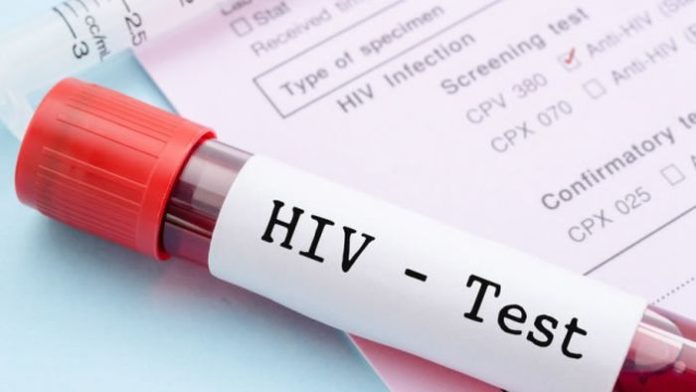After going through Clinical Tests by the Kano State Government, A total of 4,728 Persons were found to be HIV Positive.
The state government announced that out of 138,430 persons tested for HIV, 4,728 were found to be positive from January 2023 to date.
A total of 46,732 persons are living with the disease and receiving treatment in the state.
This was made known by the state’s Commissioner for Health, Dr Abubakar Labaran on Friday while delivering a speech at the commemoration of this year’s World AIDS Day in Kano.
He explained further that the state has improved its strategies to halt mother-to-child transmission of HIV/AIDS by successfully conducting tests for 95 per cent of all pregnant women during their first first ANC visit, out of which only 0.04 per cent are found positive.
“We have tested a total of 138,430 people for HIV and found 4,728 positive and have successfully initiated new 4,140 HIV-infected persons on ART from January 2023 to date.
“Currently the state has 46,732 people living with HIV receiving treatment.
“We have improved our strategies to halt mother-to-child transmission of HIV/AIDS by successfully conducting HIV testing for 95 percent of all pregnant women during their first ANC visit, out of which only 0.04 percent turned HIV positive,” the commissioner stated.
Ladan further disclosed that, for he first time, Kano State has achieved the HIV budget target of three per cent of the total health budget in the Appropriation Bill submitted to the Kano state Assembly.
The event themed ‘Let Communities Lead’ was organized in collaboration with the USAID in Kano as well as other partners.
The Commissioner appreciated the support of partners like USAID, LHSS, NEPWHAN and KanSLAM for their advocacy engagements towards achieving in the KSACA’s budget.
On his side, the Director General of the State Agency for Control of AIDS (SACA) Dr Usman Bashir said the agency has brought on board 600 persons living with AIDS to benefit from the free healthcare service package introduced by the state government.
“Most of the beneficiaries are children of those who died of HIV, as well as those children living with the disease,” he explained.

